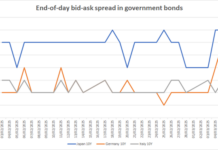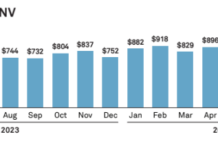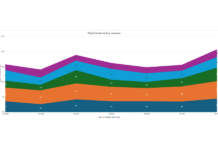In September, overall trading in US rates rose 1% year-over-year, standing at 59% of volumes, while the average daily notional volume stood at US$988 billion, up 35% year-over-year.
US Treasury markets were “unsurprisingly active” following the Federal Reserve’s first rate cut since March 2020, Coalition Greenwich noted in its October Data Spotlight, with volume hovering near US$1 trillion per day and US$1.36 trillion traded on the last day of September.

Volatility was down 6% against the same period last year, but remains elevated to unfolding geopolitical tensions and a looming US presidential election. “The path forward remains uncertain,” the report noted.
Derivatives trading also saw growth in September. At CME, Treasury futures and SOFR futures saw their contract volumes grow 35% and 52%, respectively, while interest-rate swap notional volumes traded grew 59% year over year, all of which reflects market uncertainty, with real-money investors and corporate treasurers hedging against interest-rate risk.
The volume of electronic trading in US Treasuries continues to climb, with September witnessing $587 billion trade electronically each day on average, up 38% from September 2023.
Amid the wider geopolitical and market uncertainty, Coalition Greenwich expects the move to mandatory central clearing for US Treasury securities could impact market liquidity, despite the growing adoption of electronic trading.
While larger institutions may handle the transition better thanks to economies of scale, the associated margin requirements might increase operational and financial burdens for smaller market participants. Central clearing could also centralise liquidity among fewer, bigger players.
While the shift to electronic trading accelerating has seen automation continue to grow, price transparency and market access improve, fragmentation risks from mandatory clearing could lead to reduced liquidity, particularly for smaller dealers or less liquid securities.
©Markets Media Europe 2024
©Markets Media Europe 2025

























